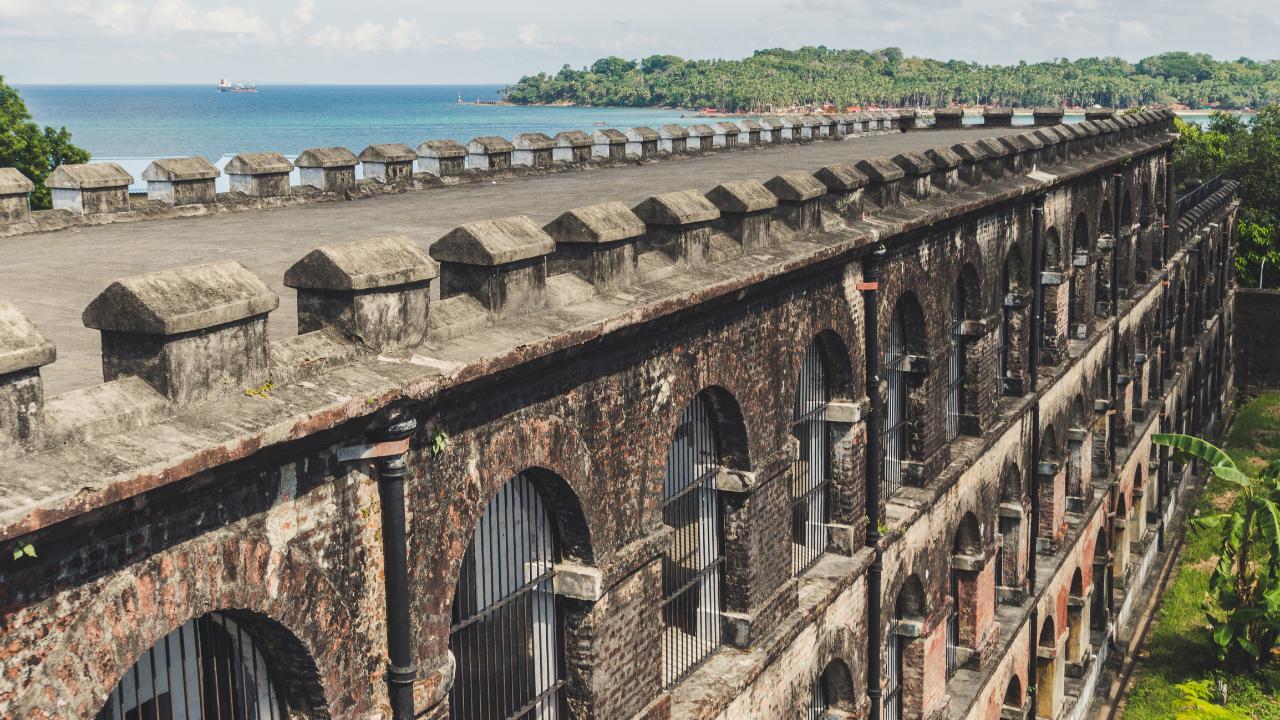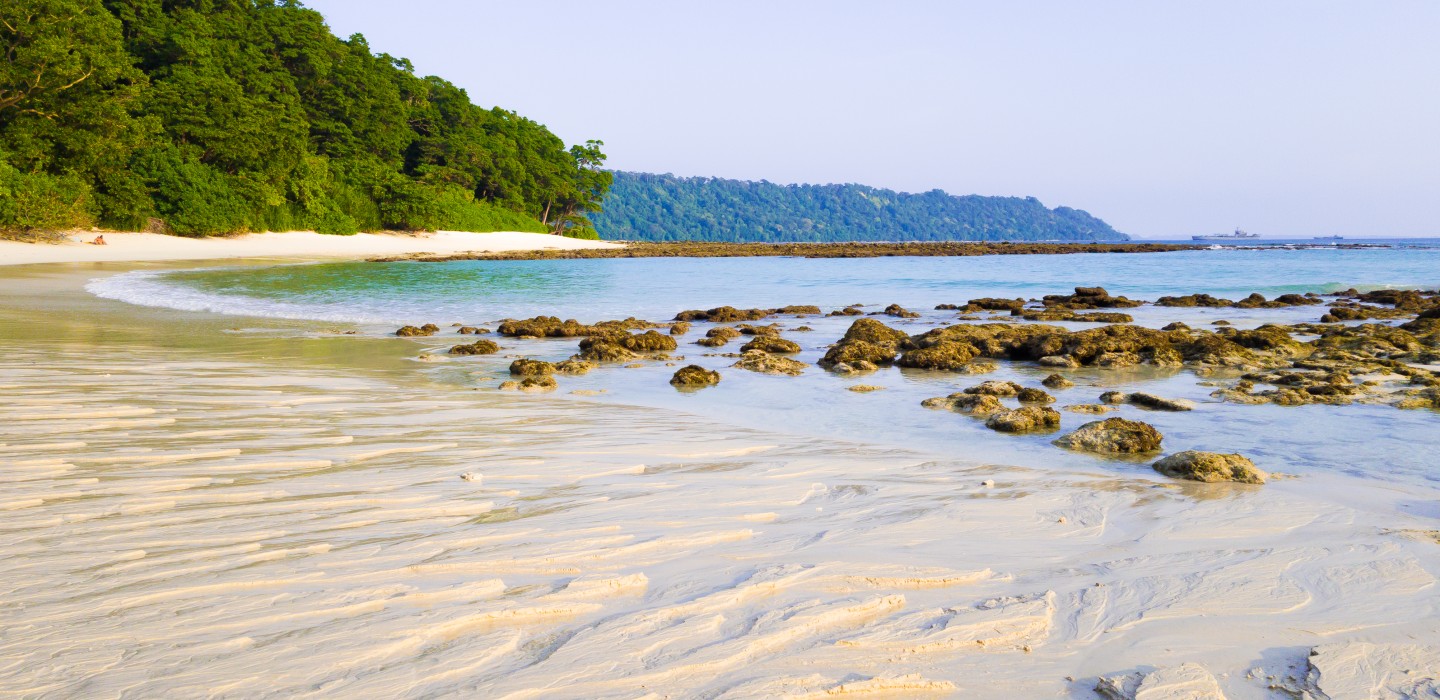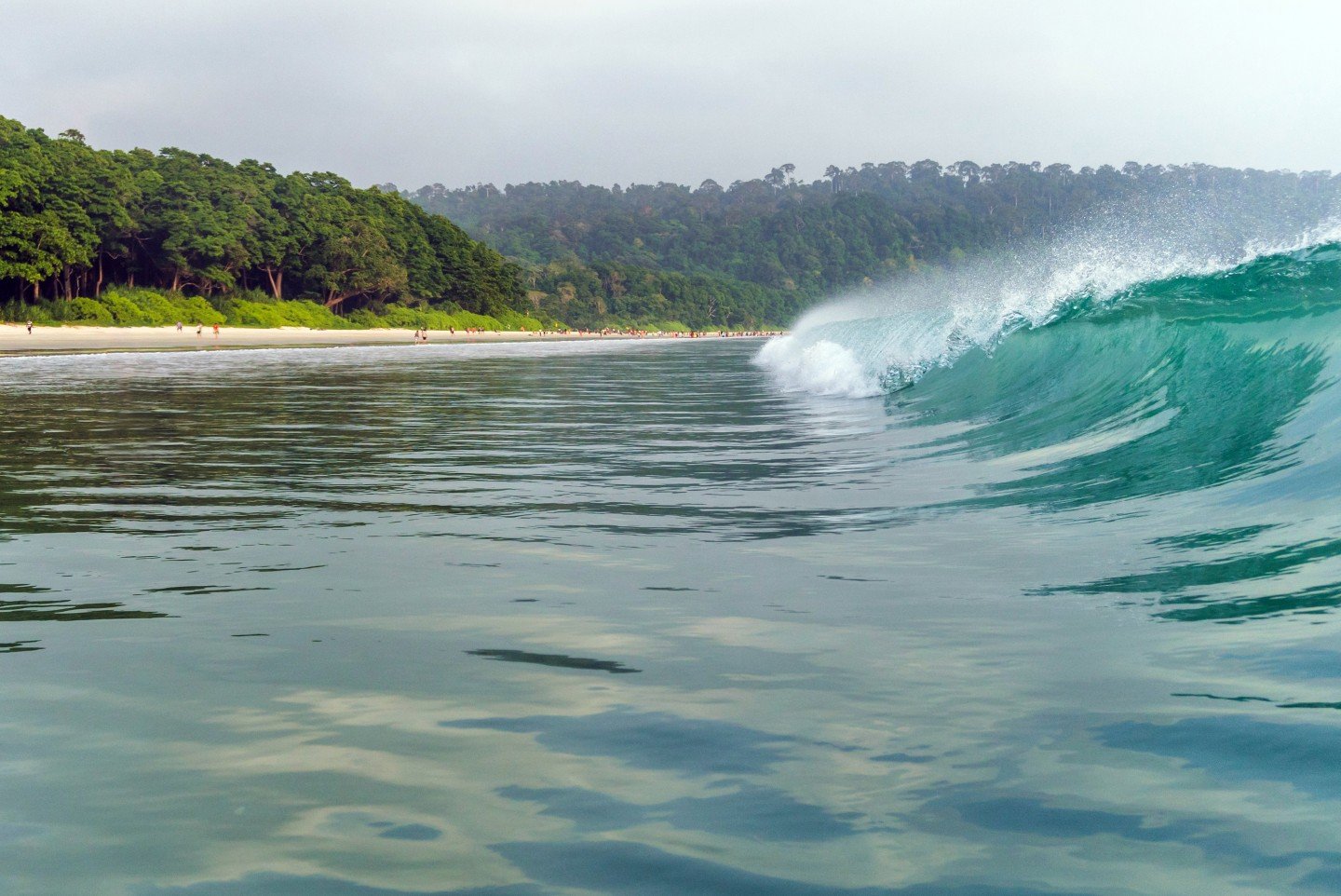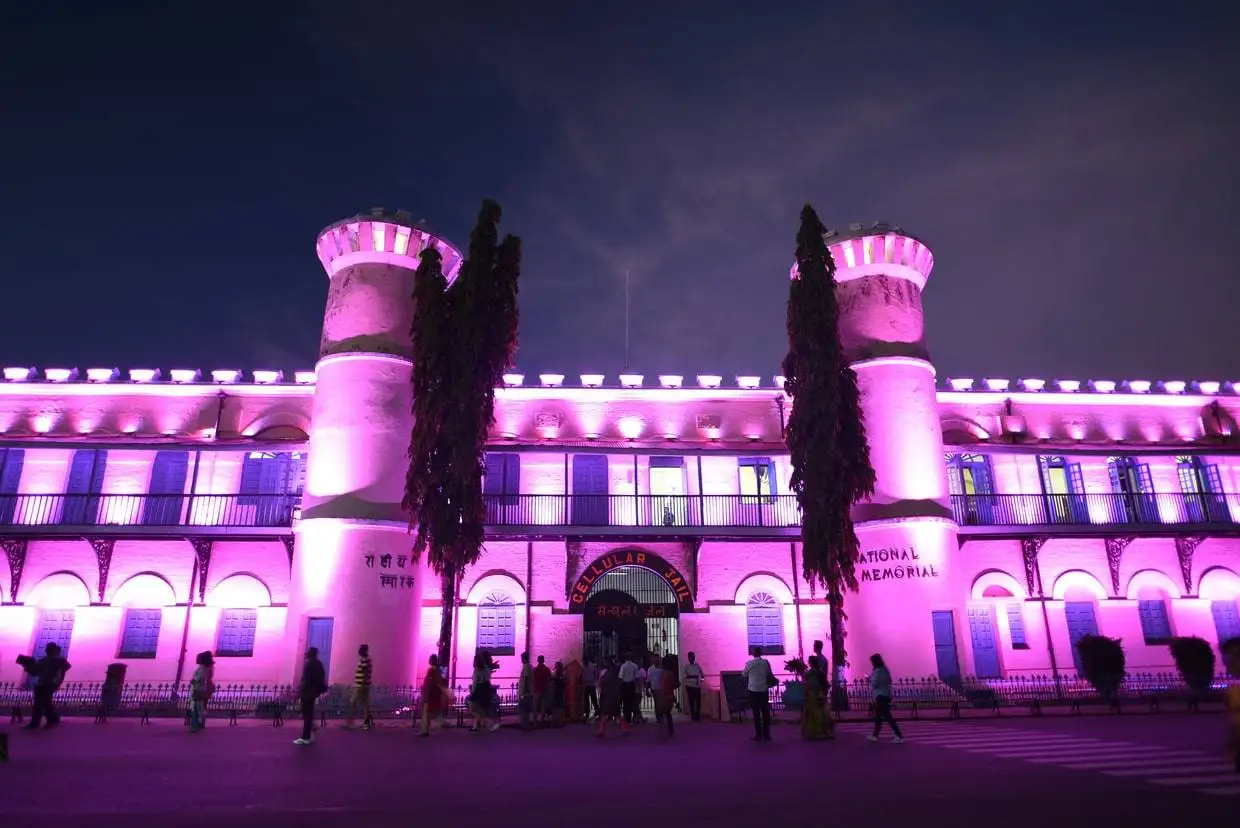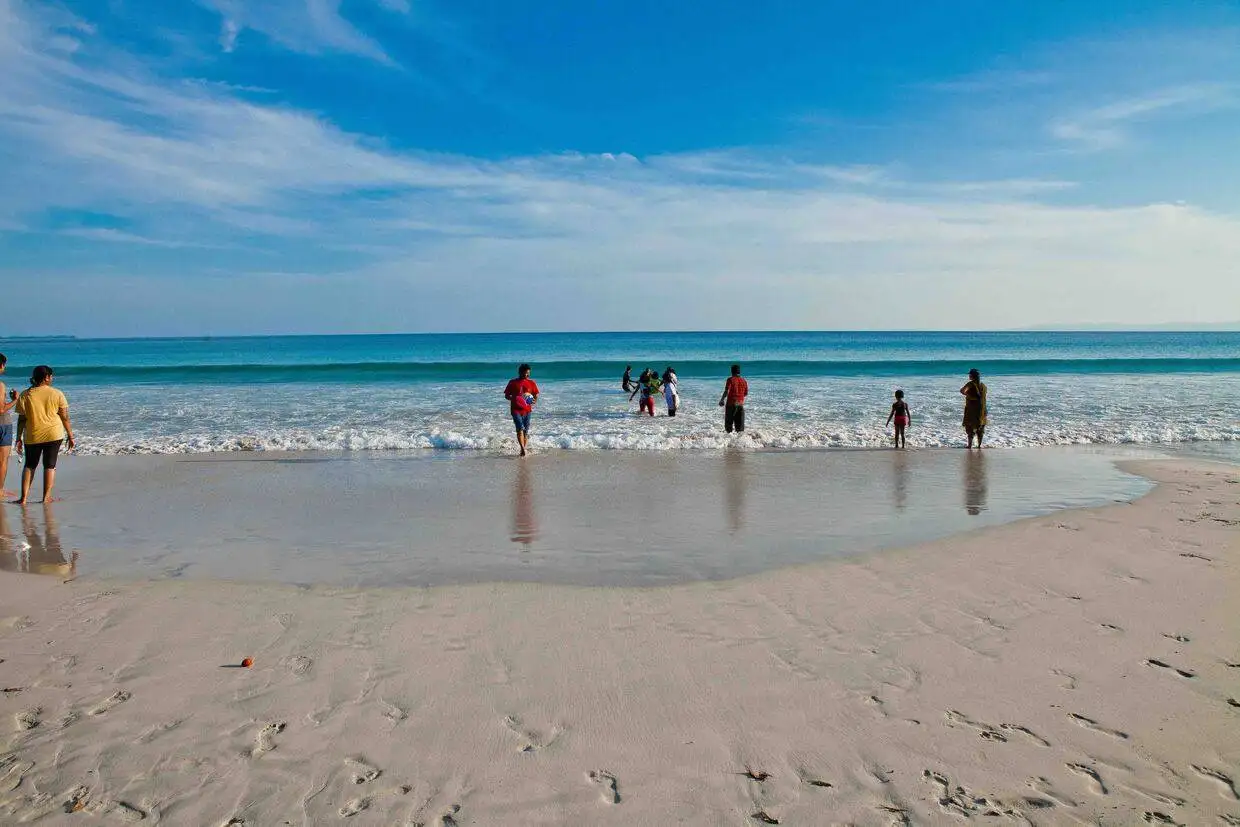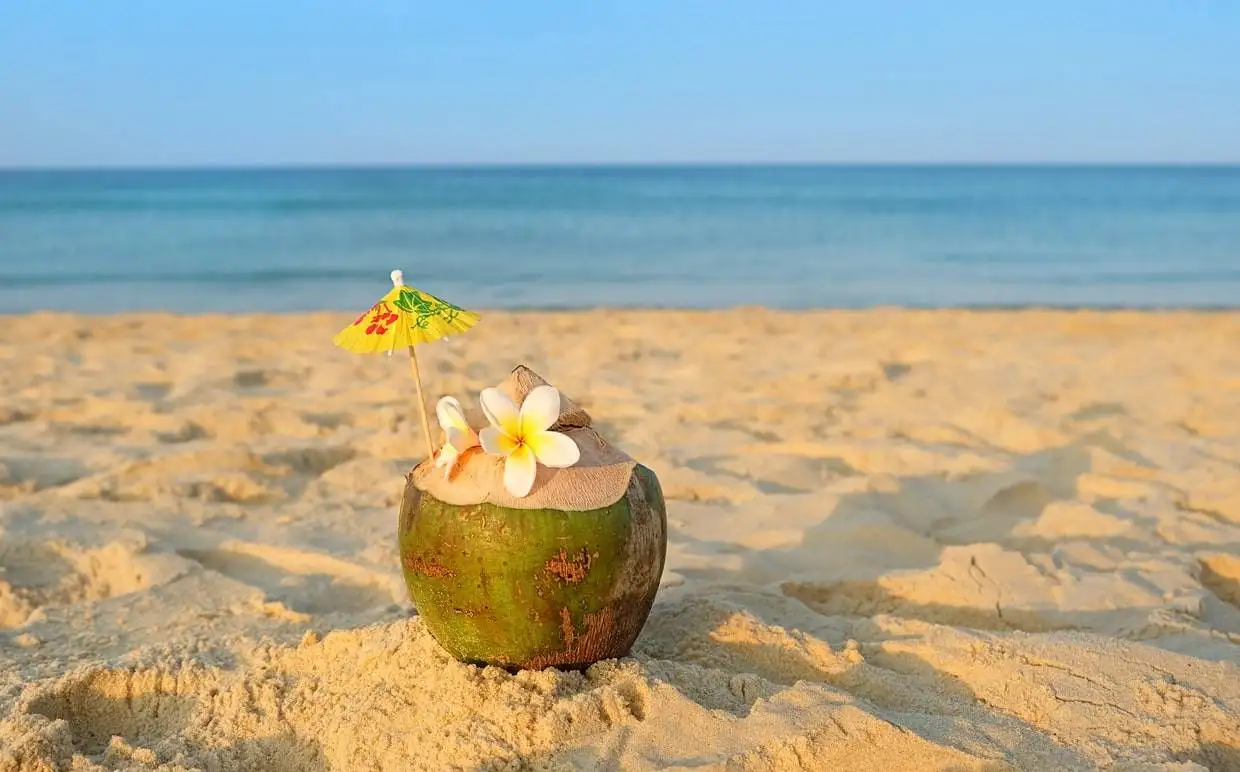Andaman and Nicobar Cellular Gel, also known as ‘Kala Pani’, symbolizes the fight for India’s independence. It is located far away in the Andaman Islands. This colonial generation jail was infamous for its serious conditions and vicious treatment of prisoners. Many prisoners were opposed to the excellent freedom, who faced insurmountable difficulties. The word ‘Kala Pani’, which turns into black water, inspires isolation and predisposition, surrounds the study of its disorganized study.
Historical Context
The British colonial administration started out construction of Cellular Jail in 1896 and completed it in 1906. Its number one goal became to work as a penal complex for political prisoners, correctly getting rid of them from the heart of the freedom movement on the Indian mainland. The strategic location of the Andaman Islands, 1,200 km from the mainland and surrounded by means of the Bay of Bengal, made it a super area for a excessive-security jail. The government intended this separation to overwhelm the souls of the prisoners, make their relationship serious with their motherland, and forestall their fight for freedom.
The Meaning and Symbolism of ‘Kala Pani’
The call ‘Kala Pani’ holds importance, reflecting the multifaceted nature of the jail’s impact:
Geographical Isolation:
The far flung place of the Andaman and Nicobar Cellular Jail is a symbol of the final form of exile. The big enlargement of water setting apart prisoners from the mainland represented an inaccessible barrier each bodily and psychologically. People regularly noticed the adventure of ‘Kala Pani’ as a way adventure, which had little or no desire of returning.
Harsh Living Conditions:
The Cellular Jail became infamous for prisoners for his inhuman remedy. The government subjected prisoners to hard labor, physical torture, and solitary imprisonment. The cells had been small, badly ventilated, and have been designed to maximise soreness. The British intended this cruelty to break the need of the prisoners and prevent others from protesting their rule.
Cultural Disconnection:
In traditional Indian society, human beings believed that through crossing the sea, individuals had been motivated to lose their caste and social popularity. This cultural stigma brought some other layer of punishment for prisoners, as they were no longer simplest bodily isolated but also culturally and socially ostracized. Thus, the phrase ‘Kala Pani’ symbolizes a entire disconnection from a person’s roots and identification.
Architectural Design
It became deliberate to carefully separate and manipulate the architectural layout of Andaman and Nicobar Cellular Gel. The prison turned into built in a radial sample, with a vital authorities, seven wings radiating from a hub. Each wing had 3 testimonies of small, solitary cells, ensuring that prisoners could not communicate with each other.
This design allowed for non-stop tracking and contributed to the psychological ache of the prisoners. The Central Watchtower become the nerve center of the prison. This allowed the protect to reveal all of the wings concurrently from the equal convenient point. The reason of this panopticon design became to create a sense of continuous tracking and helplessness many of the prisoners.
Legacy and Remembrance
Despite its grim records, the Andaman and Nicobar Cellular Jail symbolizes the resilience of India’s freedom combatants. Colonial authorities imprisoned many super independence movement figures in this jail. These figures protected Batukeshwar Dutt, Vinayak Damodar Savarkar, and friends of Bhagat Singh. Their stories reflect resistance, endurance, and an unwavering commitment to India’s freedom. These sacrifices have grow to be an indispensable part of India’s national narrative and hold to encourage generations.
Today, the Andaman and Nicobar Cellular Jail is a countrywide memorial, preserved as a testomony to the struggles and sacrifices of people who fought for India’s independence. The sound and light show performed on the site recounts the harrowing memories of the inmates, bringing to life the history of the ‘Kala Pani’ for site visitors. The museum in the prison complicated homes artifacts, photographs, and files that offer insights into the cruel realities faced by using the prisoners.
Takeaway
The Andaman and Nicobar Cellular Jail, additionally referred to as ‘Kala Pani’, stands as a powerful reminder of the intense measures hired through colonial powers to suppress dissatisfaction and the indomitable spirit of those. As a countrywide monument, Cellular Jail serves to honor the memory of freedom fighters and teach destiny generations about the sacrifices made searching for freedom.
For the ones keen to delve into this historic landmark, numerous attractive Andaman Tour Packages anticipate. A 3 nights and 4 days Andaman package bundle affords a completely unique danger to discover the Cellular Jail, blending poignant history with the lovely beauty of the islands. Come and enjoy the long-lasting allure of the Andaman Islands with us, in which history and unforgettable moments converge.
